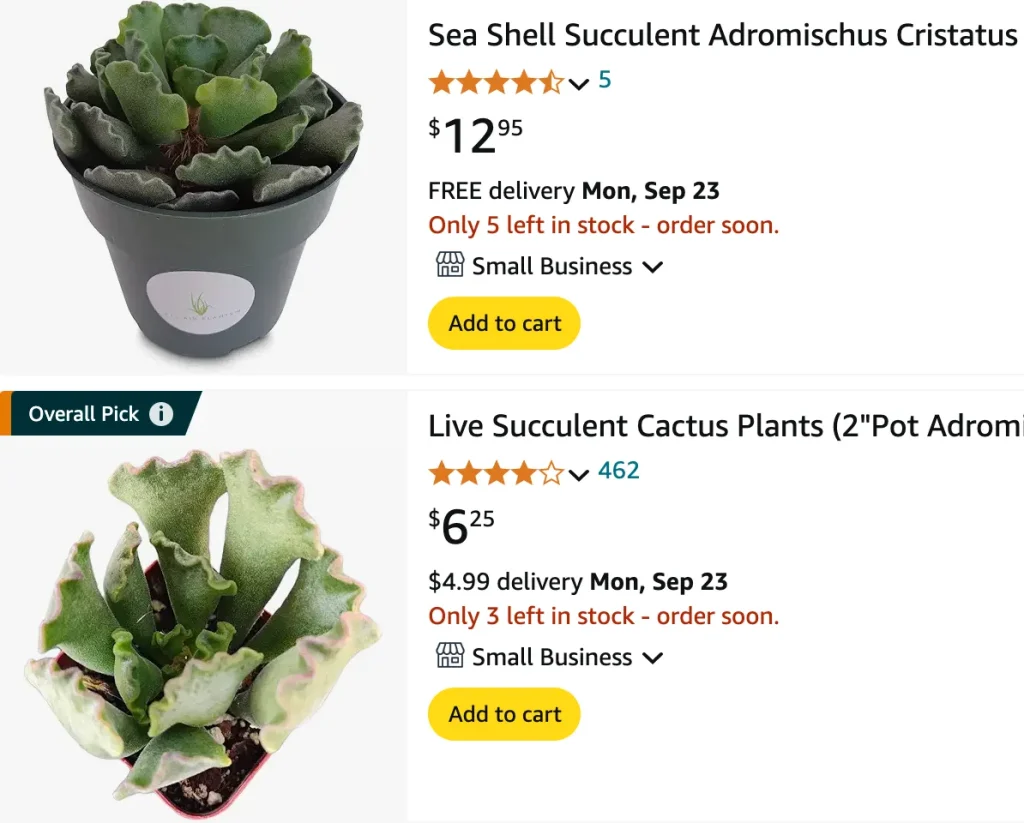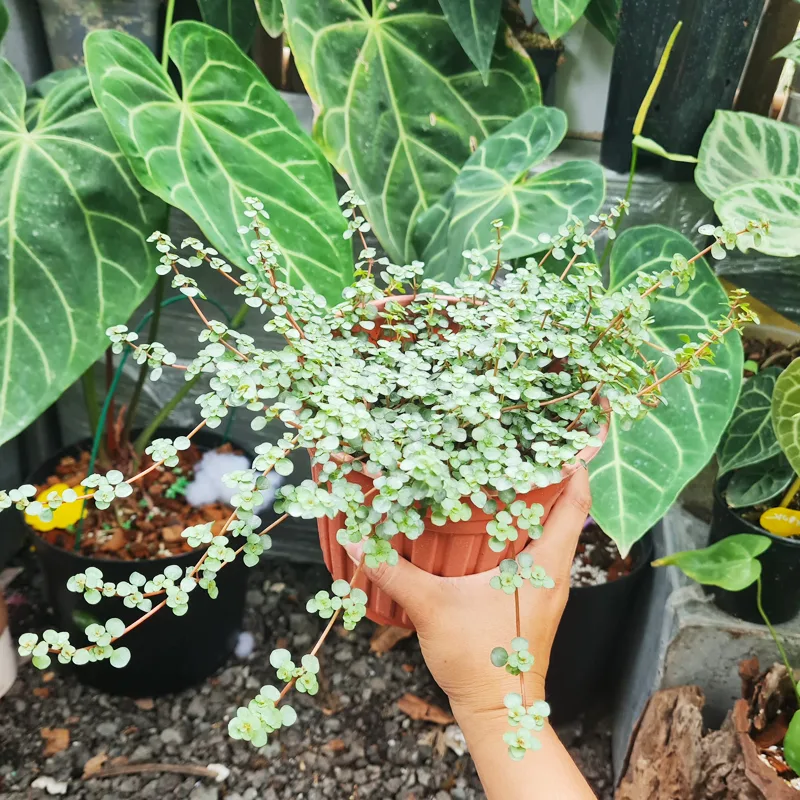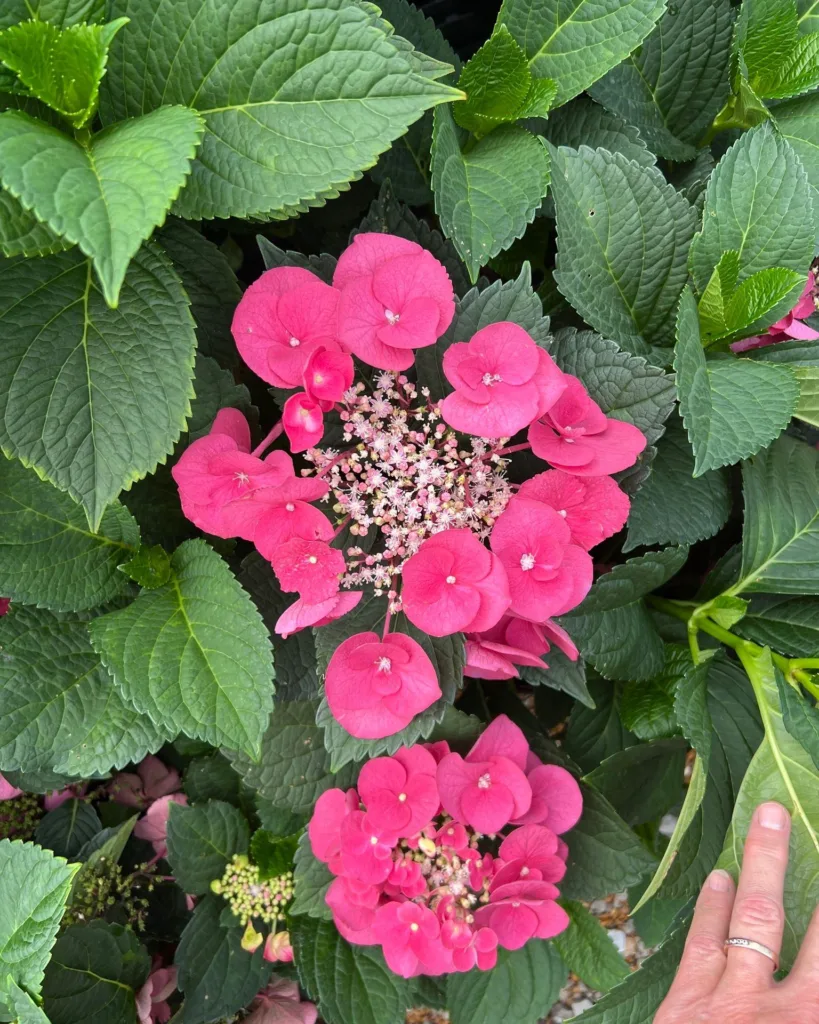
Frequently Asked Questions About Adromischus Cristatus
I’ve always been fascinated by the unique look of Adromischus Cristatus, also known as the Crinkle-Leaf Plant. It’s a charming succulent that is relatively easy to care for, and it’s a great addition to both indoor and outdoor collections. In this article, I’ll answer some frequently asked questions about this intriguing plant based on my own experiences.
29 Species in Genus Adromischus
Can You Plant Adromischus Cristatus Outside?
Yes, you can plant Adromischus Cristatus outside, but only in certain climates. This succulent prefers warm, dry environments. If you live in a region where temperatures don’t drop below 30°F (-1°C), it should do fine outdoors. However, if you’re in an area prone to freezing, it’s better to grow the plant in a container that can be brought indoors when temperatures dip too low.
In mild climates, Adromischus Cristatus can thrive in rock gardens, mixed succulent beds, or even as ground cover in sunny areas. It pairs well with other heat-loving succulents like Sedum or Echeveria, as they have similar watering and sunlight needs.
How to Care for Adromischus Cristatus?
Caring for Adromischus Cristatus is straightforward once you understand its preferences. The plant thrives on neglect more than anything, making it a great choice for both beginners and seasoned gardeners.
- Light: It loves bright, indirect sunlight. Direct sun can scorch the leaves, so if it’s indoors, I recommend placing it near a sunny window but avoid the harsh midday rays. Outdoors, partial shade works best.
- Watering: The Crinkle-Leaf Plant prefers to stay dry. Water it sparingly—only when the top 2 inches of soil have dried out completely. Overwatering can easily lead to root rot, which is a common problem with succulents.
- Soil: Well-draining soil is key. I use a cactus mix with added perlite or pumice for extra drainage. This keeps the roots from sitting in water for too long, which is important for maintaining plant health.
- Fertilizing: While not heavy feeders, I fertilize my Adromischus once in the growing season (spring to early summer) with a diluted succulent fertilizer. This encourages healthy growth.
- Potting: If you’re keeping it indoors, be sure the pot has drainage holes. Terracotta pots work best because they allow excess moisture to escape.
How to Propagate Adromischus Cristatus?
Propagating Adromischus Cristatus is easy and quite rewarding. There are two common methods: leaf cuttings and stem cuttings.
- Leaf Cuttings: This is the most popular method. Gently twist off a healthy leaf from the base of the plant. Allow it to dry out for a few days to form a callus, then place it on well-draining soil. Mist the soil lightly until you see new roots form, but avoid soaking the leaf as it can rot.
- Stem Cuttings: If your plant is leggy, you can trim a section of the stem. Let the cut end dry for a few days before planting it in soil. New roots should develop within a few weeks.
In both cases, patience is key. It may take several weeks for visible signs of growth, but once the roots take hold, new leaves will emerge.
What Temperature Can Adromischus Cristatus Stand?
Adromischus Cristatus is fairly tolerant of temperature fluctuations, but it thrives best in temperatures between 50°F and 85°F (10°C to 29°C). However, it’s not frost-hardy. Temperatures below 30°F (-1°C) can cause irreversible damage to the plant.
If you live in a colder climate, it’s a good idea to bring the plant indoors during winter. You can keep it near a bright window or under grow lights to simulate the sunlight it needs.
Can You Grow Adromischus Cristatus Indoors?
Absolutely! In fact, Adromischus Cristatus is a perfect indoor plant for sunny rooms. Its compact size makes it suitable for windowsills, and as long as you provide it with enough light and water it sparingly, it will do well indoors.
If you’re short on sunlight, you can use artificial grow lights to supplement its light needs. Just be sure the plant is in a well-ventilated room to avoid humidity buildup, which can lead to fungal problems.
Is Adromischus Cristatus Toxic to Pets?
One of the things I love most about Adromischus Cristatus is that it’s non-toxic to pets. This makes it a safe option for households with curious cats and dogs. However, I still recommend placing it out of reach, as chewing on the leaves can damage the plant.
What Are Common Problems with Adromischus Cristatus?
While generally low-maintenance, Adromischus Cristatus does have a few common issues:
- Root Rot: As mentioned earlier, overwatering is the main culprit. Always ensure the soil has dried out before watering again.
- Pests: Mealybugs and spider mites are the most common pests. Regularly check your plant for any signs of infestation, and treat with insecticidal soap or neem oil if necessary.
- Sunburn: If exposed to direct sunlight for long periods, the leaves may develop brown or white spots. Move the plant to a shadier spot if this happens.
What to Plant With Adromischus Cristatus?
When growing outdoors, Adromischus Cristatus pairs well with other low-water, sun-loving succulents like Haworthia, Graptopetalum, or Aloe. These plants share similar care needs, making them perfect companions in a succulent garden.
Final Thoughts on Adromischus Cristatus
Overall, Adromischus Cristatus is a unique, low-maintenance plant that can bring a touch of charm to any indoor or outdoor garden. Whether you’re new to succulents or have been growing them for years, this plant is an excellent choice for its resilience, beauty, and ease of care.
If i die, water my plants!



